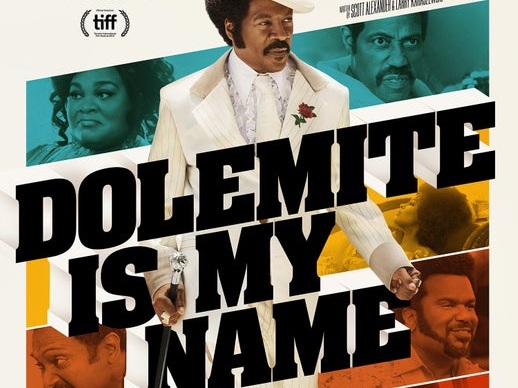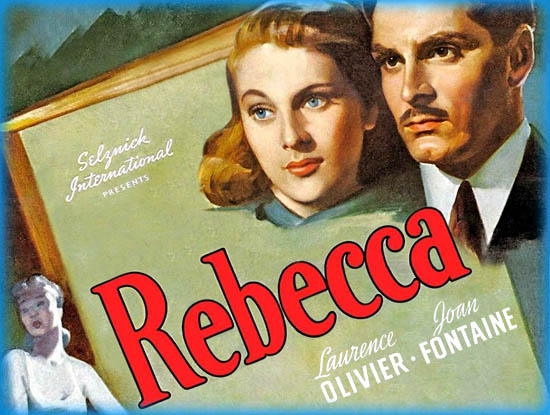Originally written September 6, 2018
A lot of people hate movies with alternative film styles like “found-footage” movies, but I actually love them myself. Don’t get me wrong, I never think that it should be done without purpose. If it doesn’t serve the movie in any way or do anything interesting with the style, then it’s just pointless, but I’ve seen many examples of it done well, and so I love it when I see movies made in alternative styles. A few years ago a little horror movie came out called Unfriended, which was a new take on the found-footage style, having the entire movie shot as a screencast, seeing all of the events of the movie taking place on a computer screen (please note: I’m not sure if other examples exist in this style, as I haven’t heard of any of them if they are out there). I loved the idea of it, but I haven’t seen it implemented since then. Now, Searching takes that style and applies it to the “missing child” sub-genre of movies, and the results are spectacular.
Okay, so with “missing child” movies, there’s hardly ever anything to really say about the plot. The set-up is familiar, with a child going missing and the parent trying to figure out what happened. That’s all here in Searching. It always winds up being the finer details that set the movies apart from each other, but you start entering spoiler territory when you talk about the details, and that ruins the fun of the surprises. So, I can’t really say much about specific things that happen throughout the story without ruining the fun, but I do just want to say that it goes in VERY interesting directions. There are a lot of minor details early on in the movie that initially seem irrelevant, but wind up playing significantly into the story later on. It’s the kind of movie where everything is important, and this lends itself to interesting story moments that make for great twists. Even for how crazy things get at the end, it never didn’t make sense.
To be honest, though, for as great as Searching’s story is, it’s the screencast style that really sets it apart from other movies like it. As I said earlier, though, a movie needs to have a purpose in using an alternate style, and it’s Searching’s usage of its style that makes it as great as it is. Since the entire movie takes place on a computer screen, Searching demonstrates all of the different ways a computer can be used to search for a missing person. Protagonist David Kim uses a variety of different methods to help search for his daughter, including digging through videos on his daughter’s laptop, looking at her most-viewed websites, contacting people on her friends list, and using services like phone number look-ups to find new information. It’s really fascinating because it sheds some new light on all of the different ways we can use technology to help locate a missing person. This is what I mean when I say that alternative film styles should have a purpose. The computer screen look really fits Searching well, because there are a lot of different things that are done with the concept.
Due to its great story and unique presentation, Searching is actually one of the best movies of its kind, in my opinion. It has a lot going for it, including things I haven’t even mentioned, such as some great performances. I understand that some people simply don’t like film styles that aren’t the norm, so if you can’t get past the movie taking place on a computer screen then I guess it won’t be for you. However, if that barrier won’t be an issue for you, then Searching is a fantastic “missing child” movie that’s absolutely thrilling and worth seeing.
4.5/5




I really like your writing style, good info , thanks for putting up : D.